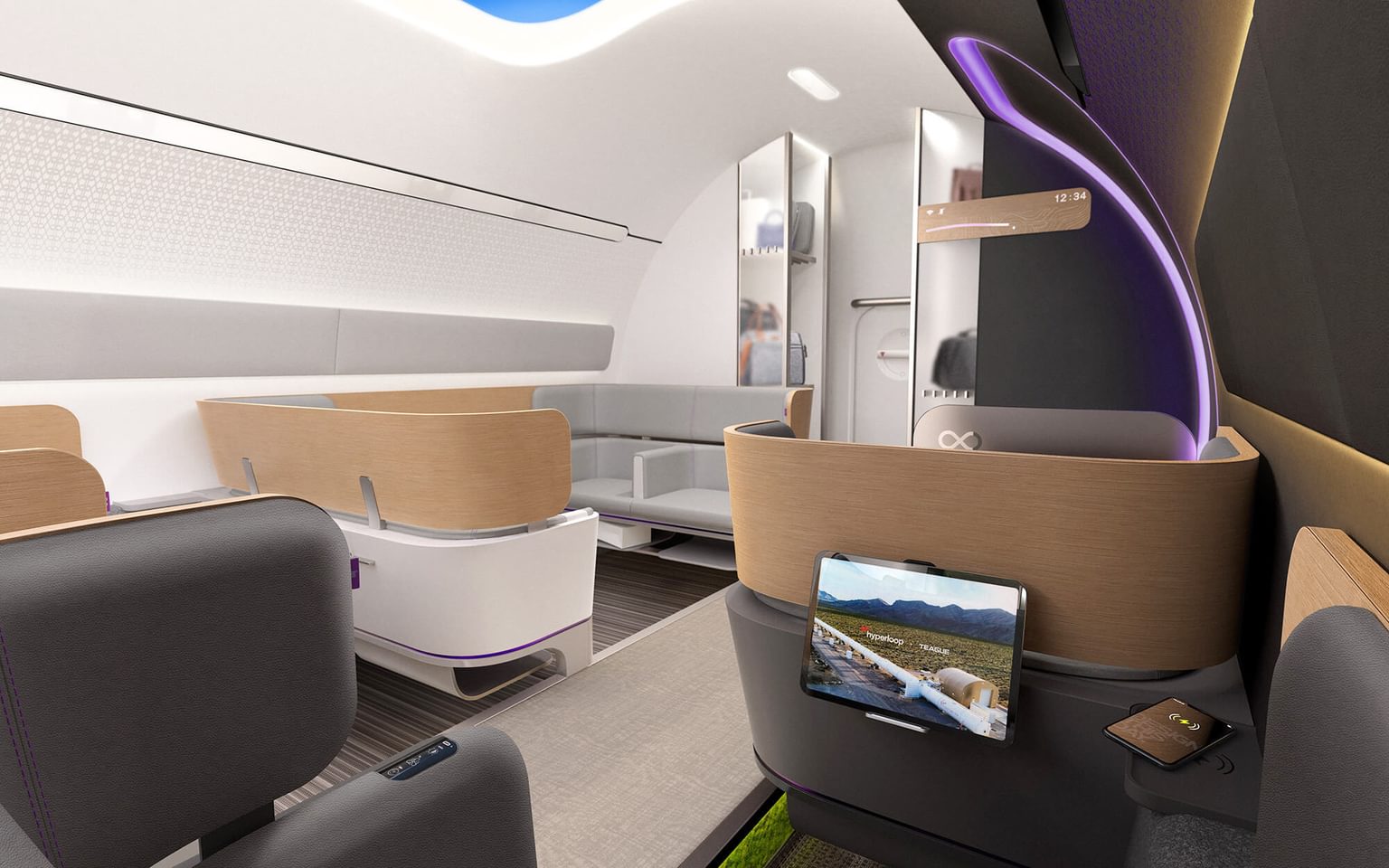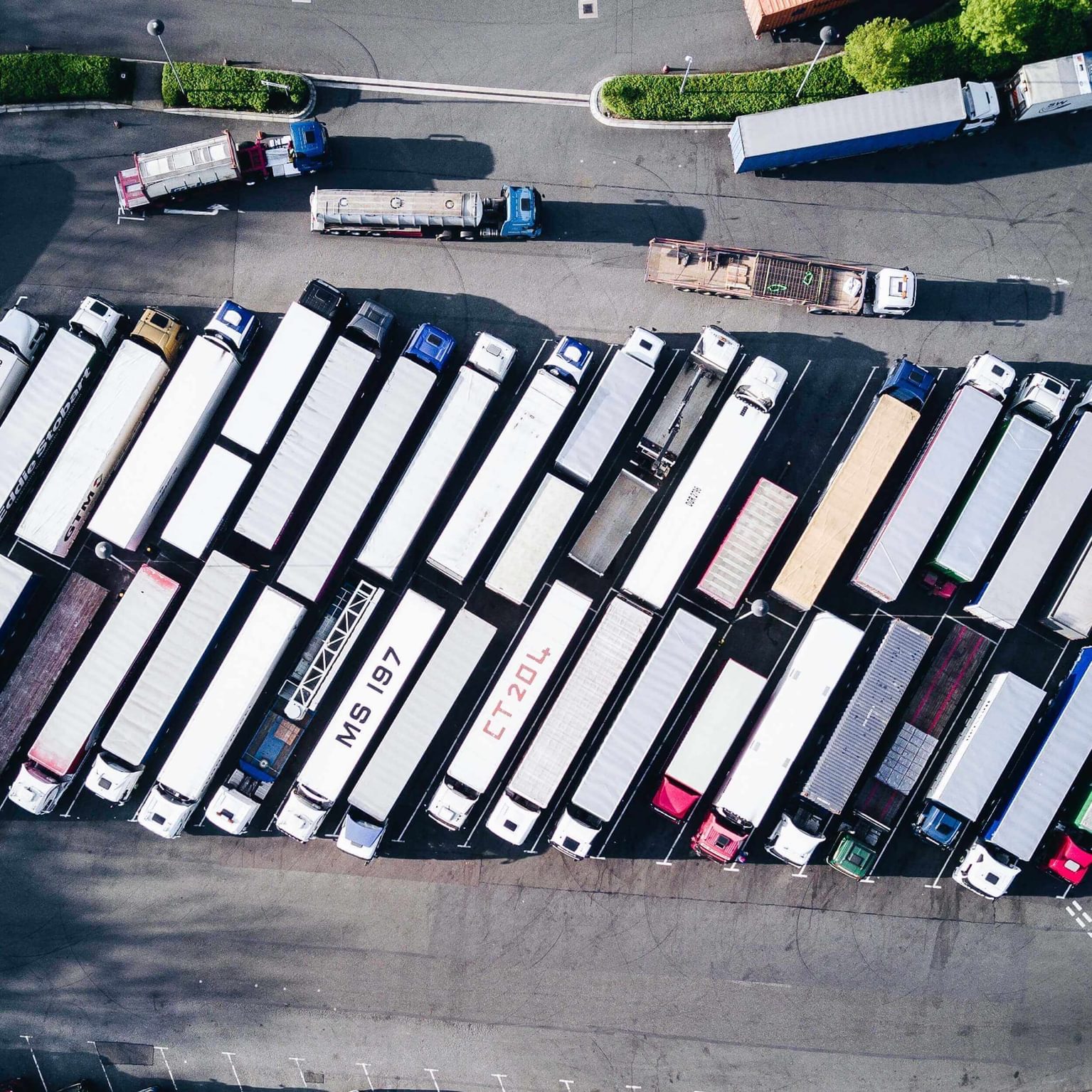
Case Study
General Electric | Product Roadmap

Category
Expertise
To keep up with changing times, GE Transportation partnered with Teague to prepare for a future where rail-based freight becomes increasingly powered by automation.
Challenge
It’s now common to expect something ordered online to show up within two days or, in some cases, the same day. These new expectations are putting massive pressure on the multi-century-old freight industry. To keep up with changing times—freight transportation by rail will need to transform radically. Without change, emerging competitors like electric autonomous trucks will take bigger bites out of the amount of freight delivered by rail.
The companies involved in rail freight, however, are limited by an inability to communicate across links in the supply chain; they are hamstrung by uncontrollable asset downtime, and plagued with uncertainty about what to work on next. Teague collaborated with GE Transportation to evolve their internal culture of innovation to better clarify, align, and validate priorities across business units. In turn, this will enable them to better help customers navigate forthcoming transformation.

APPROACH
The team faced two major challenges during the program. It was necessary to align business unit leaders that don’t always work closely together, and we had to create a roadmap for the future of the rail freight industry that would inspire. The latter was made more complex as it was necessary to highlight how GE’s current set of products would evolve along the way. In close partnership, futurists, strategists, tech experts, and designers from both sides immersed themselves in the existing GE Transportation product portfolio, read through previous research, dissected white papers on the subject, and conducted stakeholder interviews.
To cap off the research phase, Teague developed a series of workshops that served as both an input for the roadmap and the challenges that the team would have to overcome. Teague brought together directors from all of the working groups involved to inform and validate a future vision for freight transportation. Through the workshops, Teague facilitated the creation of shared goals and inspired plausible ways forward for GE’s businesses and the industry.



SOLUTION
Equipped with the research and workshop outputs, we got to work on the roadmap. This involved hypothesizing major shifts in the way freight was transported by rail as different waves of technology and connectivity came online. Railroads (in collaboration with GE Transportation) possess a great foundation of management experience and supporting technology that could see them move into the future we proposed. Teague predicted the industry will move through the stages of “Instrumentation” of our environment, “Permission” in regard to the sharing of data, “Orchestration” amongst companies, “Automation” of rote processes and new roles for the workforce, and lastly “Revolution” that sees as yet unimagined forms of freight transport come online.
The key to the roadmap was that it backcast to GE Transportations' current set of products. Highlighting how their company evolves to create the underlying technology that users in the new stages we predicted. This made this future vision actionable across the different business units of GE Transportation and is the reason that the roadmap is still being used today to organize and prioritize innovation.
RESULT
Teague provided processes to support a continued focus on innovation after the program. A proposal for a new governance group made up of key leaders from various business units would revisit the roadmap and update it based on work that is underway and new technologies as they emerge. To help with communicating the work done, we created a video that summarized the impetus behind the roadmap.
The future vision roadmap won the Notable Speculative Design Award for Core77 in 2019 and is now actively in use within GE Transportation’s Innovation Lab where they use it as a tool to plan, prioritize, and communicate across their organization.